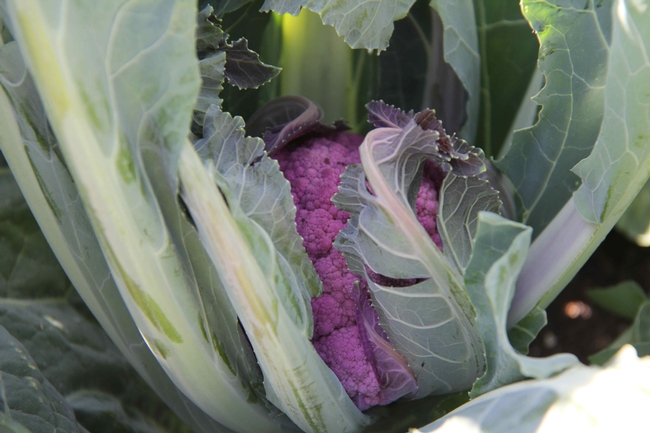A high vegetable intake is associated with a better quality diet that is lower in calories and higher in fiber, and yet, access to fresh vegetables is a major public health problem in the United States. As a result, national health surveys indicate that children and adolescents are eating fewer vegetables than is recommended for optimal health. Vegetable consumption falls well below the US Dietary Guidelines in much of the US, particularly among African American, Latino, low educational attainment, and low income populations.
Community gardens are a well-documented solution to increasing intake of fresh vegetables in the US. Unfortunately, community gardens are not common in many low income communities and cash strapped households have neither the time nor access to transportation to travel to a community garden. Home gardens are another solution to improving access to fresh produce and enhancing community food security in poor communities. However, research on the ability of home gardens to increase intake of fresh vegetables by participants is sparse, most likely due to the informal nature of home gardens as well as their enclosed and private nature.
UCCE researchers conducted a project to compare participant background characteristics, vegetable intake and program benefits of two different forms of urban gardens in San Jose, CA: the home garden versus the community garden. The study was a partnership with the Parks, Recreation and Neighborhood Services Department of the City of San Jose and La Mesa Verde (LMV), a project of Sacred Heart Community Services of San Jose. The UCCE research group worked with the Parks Department to administer a 30 question background survey to 83 community gardeners in 4 different gardens during April through September 2012. The same survey, slightly modified, was administered to a group of 50 home gardeners participating in Sacred Heart's LMV project between September 2013 and April 2014.
A comparison analysis of the two surveys produced some interesting results. The group of home gardeners were significantly younger, lower income, less likely to have completed college and more ethnically diverse than the group of community gardeners. In other words, the background characteristics of the two groups varied significantly. In spite of these significant demographic differences, both groups increased their vegetable consumption from the garden to the same extent (1.9 +/- 0.9 additional servings per person per day for home gardeners versus 2.0 +/- 0.8 additional servings per person per day for the community gardeners). In fact, both groups met the US Dietary Guidelines for recommended daily servings of vegetables to promote optimal health when eating from their gardens.
The two study groups differed also in their years of experience as gardeners. Fifty eight percent of home/LMV gardeners reported having less than two years of experience whereas only 33% of community gardeners were novices. The top three benefits reported by home gardeners were fresh air, stress release, and instruction in gardening basics. Community gardeners reported their top benefits as exercise, meeting with friends and learning from other gardeners.
Results of this survey demonstrate that growing fresh vegetables in either a home or community garden setting contributes significantly to nutritional intake and food security at all income levels by encouraging a healthy more affordable diet. Urban gardeners also experience a number of other benefits including exercise, stress release, and learning about gardening from their peers and mentors.
Author - RETIRED: Nutrition, Family and Consumer Sciences Advisor
